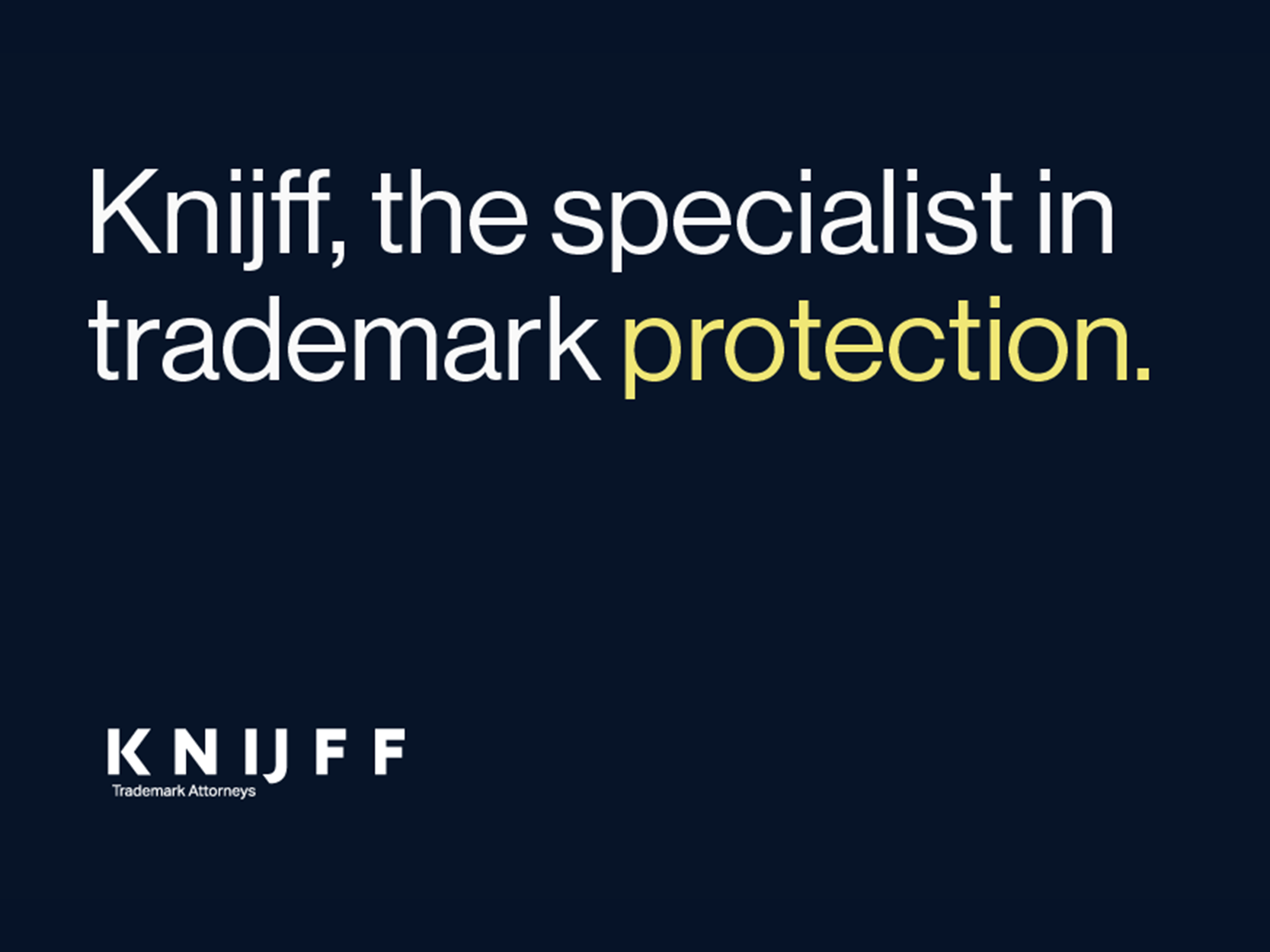Metaverse trademark protection
Would you like to secure your brand for the new world of the Metaverse and Web3? Then protect your brand for virtual goods, among other things. Developments are moving fast in the world of Blockchains, Web3, Metaverse, NFTs (non fungible token) and crypto currencies where many major global brands have now entered this new world.
With the emergence of blockchains, Web3, the Metaverse, NFTs (non-fungible tokens) and cryptocurrencies, a brand new world of risks and opportunities is taking shape.
his is not limited to pioneers, as established brands are following these developments closely and preparing themselves for this new reality by filing applications for new trademark registrations in order to protect their trademarks for assests in the virtual landscape.
Knijff has also been keeping a close eye on developments in the Metaverse. These are unfolding at breakneck speed. They include not only linked and connected 3D environments and new concepts and technologies such as cryptocurrencies on blockchains, but also virtual goods like clothing, avatars and drinks.
The names and logos of cryptocurrencies, projects etc., as well as the appearance of NFTs, can be protected under intellectual property law. Knijff is a trademark firm which specialises in protecting trademarks, and one of our specialities is trademark protection in the Metaverse. This is of crucial importance, just as it is in the real world. Trademark law also prevails in the virtual world, where many trademarks are registered every day, and there is a risk that new trademarks may infringe older trademark rights, either deliberately or inadvertently.
Connect with our Metaverse expert
“With experience and expertise in the Metaverse, Knijff’s Metaverse experts will be pleased to help you.”
Arnaud Bos //
Partner & Trademark Attorney
Marloes Spoor //
Partner & Trademark Attorney
& more on trademark protection for the metaverse
The Metaverse Q & A
-
Large companies are fully diving into Web3 and NFTs. A check of the European trademark register shows that companies such as G-STAR, Levi's, NIKE, adidas, Tommy Hilfiger, PUMA, Diesel, McDonald's, Heineken, Versace, Hugo Boss, Red Bull, Monster Energy, Kentucky Fried Chicken and Budweiser filed its trademarks for virtual goods. These additional registrations are necessary because the original trademark registrations were not registered for the virtual products (a virtual product is slightly different from a physical product such as clothing or beer in terms of classification of products).
Was this a hype or pure necessity for trademark holders? It is certain that the NFTs were very popular for a short time and this popularity has somewhat diminished. Nevertheless, Web3 and the applications of NFTs and blockchain technology are promising. To sort this out in advance, it is not a bad idea for large companies to register the brand for these products in advance. After all, there is already a great demand for digital products. And if there are no plans in this area for now, a trademark registration offers you the exclusive right to do so for at least the first 5 years and gives a weapon against third parties filing your trademark for these types of products.
-
In order to facilitate the registration of trademarks for virtual products and NFTs, the European Trademarks Office has produced guidelines for the correct classification of virtual products and NFTs when submitting a trademark application. They have chosen to follow a somewhat conservative approach to this. Although a virtual handbag in the metaverse is in fact similar to a normal handbag in the physical world, the trademarks office holds that a virtual product ─ whether it be a virtual handbag or a virtual bicycle ─ is simply a piece of data and therefore belongs in the category of software and digital publications.
When filing a trademark application, however, it is still important to make it clear that your specific piece of data represents a digital handbag in the virtual world. With this last requirement, the European Trademark Office is preparing itself for the possibility of including these virtual products in the same category as their physical equivalents in the future if the metaverse actually does become as important as some people predict.
-
Digital projects such as an NFT collection, online artworks, digital products, etc. will only increase in popularity. But how do you protect brands / projects that take place digitally and therefore worldwide?
Here are some tips.
1. Register the (project) name as a trademark
The first step is to do a trademark search to see if the name is actually available as a trademark.
After this you register the brand. The question is often in which countries you do this. The answer to this question depends on the plans for this project. For example, if America is very important, you will want to protect the trademark in America. Knijff naturally advises you on the application strategy.
2. Register a brand or collection with a market place
One of the most popular retailers of products is Amazon. For NFTs this is OpenSea. You can often register your trademark at market places such as OpenSea and Amazon. Once registered, buyers will see this. The collection has been verified and therefore comes from the artist/project owner. Please note that often market places require a trademark registration.
3. Documenting and registering the creation process
When you create a work of art, design etc. and this work is original, in most countries you will obtain copyright protection. Often, registration is not needed for copyright protection. Copyright law is therefore flexible and can apply to all the variations of works you created..
Although copyright protection is obtained by creation, it is recommended to register the creation process and the outcome of this process. This gives you a piece of evidence with evidence that you created this work on a certain date.
4. Register the work of art as a design
Besides copyright protection, you can also register the work as a design. Design law protects 3D designs and 2D characters (and other 2D objects). A design registration gives you a Certificate of Registration in your name. A solid proof of ownership. Contrary to copyrights, design protection is per design, so a registration strategy is recommended.
With this design registration and also the copyright time registration, your case and ownership will be even more clear for the marketplaces and courts.








